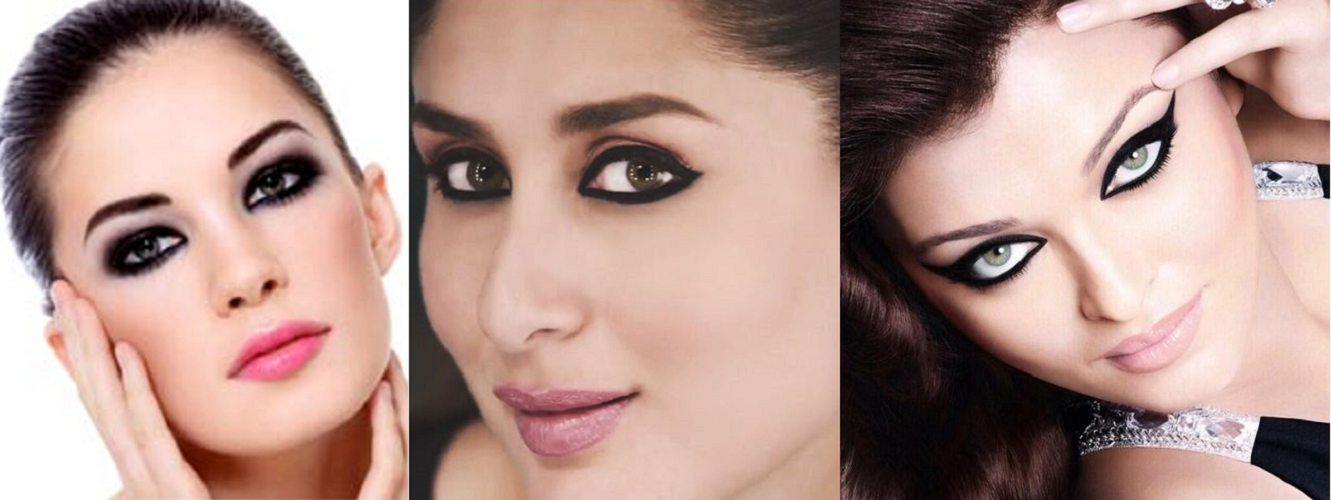
Kajal – Redefining beautiful eyes
Kajal is one product that needs no introduction. Around since the beginning of time, it has been used in various cultures across the globe not only for beautifying but also for its medicinal properties.
The term kohl is used internationally to refer to kajal. The word Kohl has its origins in Arabic; “Kuhl” became kohl for the international world.
History:
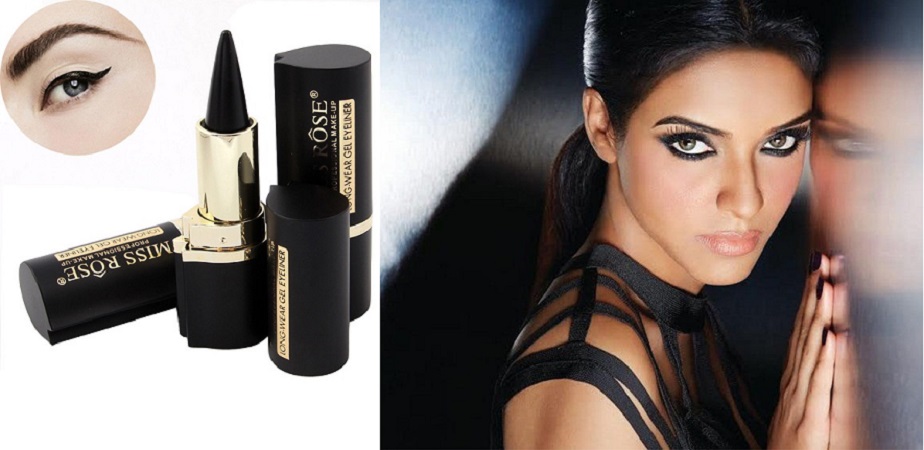
Kohl has been widely used in Africa, Middle East, Eastern Europe, South Asia, South East Asia and Mediterranean region since time immemorial.
The first known application and use of kajal/kohl can be traced back to the Egypt, as early as 3100 B.C. They believed kohl provided some respite to the eyes from the harsh sun and helped in cleansing the eyes from any sand of the desserts, and so applied thick layers of kohl on the eyes. They even made kohl in blue and green colors using lapis lazuli and malachite.
In African countries, the tribals used Kohl not only as an eye decorator; it was also used to make draw lines and patterns on the face and body.
In India, Kohl is known by various names depending on the region and language. For example, it is referred to as kajal in Hindi and Gujarati, Surma in Punjabi, Katuka in Telegu, Kanmashi in Malayalam and so on in various languages.
In India, big eyes are considered to be very beautiful. Indian women, to enhance the eyes and make them appear larger than they are, extensively use Kajal. This holds especially true for dance forms like Bharatnatyam, where the eyes are heavily lined with kajal to give them a dramatic effect.
Kajal was always considered to be more of a medicinal product and than a cosmetic product in ancient India. It is believed that it helped in keeping the eyes cool, and removing any unwanted toxins from the eyes. It was also applied to ward off evil.
In the northern part of India, it is common for men also to apply kajal in their eyes. A thick layer of kajal in the eyes or a round dot on the side of the forehead or behind the ears of the babies is applied even today in parts of the country to ward off the evil eye as well as to keep the eyes healthy. Applying surma in the eyes of the groom is considered to be one of the important ceremonies during weddings, which is performed by the sisters. Also there are people who specialize only in the application of surma or kajal in the eyes.
Till date Muslim men apply Kajal to their eyes in the holy month of Ramadan as an ode to Prophet Mohammed who believed in its great medicinal properties.
How to make Kajal at home:
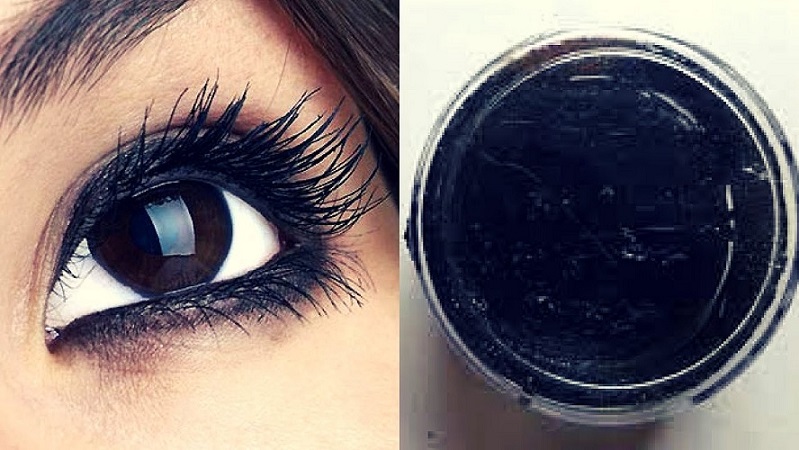
Today kajal pencils can be easily bought off the counter. But in earlier times kajal was made at home. Even today, people who use Kajal for babies make it at home. It is fairly simple to make kajal and this is the purest form that you can use for the eyes. Here are a few steps to making kajal:
Things required:
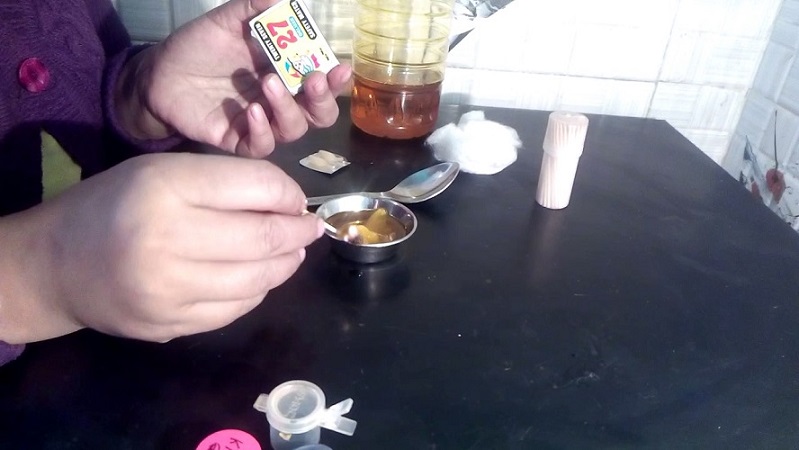
Muslin cloth
Sandalwoodjuice (mix sandalwood powder with water and leave overnight. Next day strain this mixture and you have sandalwood juice ready.)
Mud diya
Castor oil
Ghee
Brass bowl
Take a piece of clean white muslin cloth. Dip it in sandalwood juice. Let it dry in a shaded place. Repeat this procedure four to five times. Once the cloth has absorbed sufficient amount of sandalwood juice, make a wick out of this cloth. Fill a mud lamp with castor oil. Place this sandalwood juice laced wick in the oil and light it. Cover the lamp with a brass bowl leaving just enough space between the two bowls so that oxygen can pass. Let it burn overnight and in the morning all the soot would have collected on the brass bowl. Scrape off all the soot in a box made out of silver. Add a few drops of melted ghee or clarified butter to the scraped soot and mix it to a paste form. Your homemade, organic kajal is ready!
All the ingredients used in the process are believed to have cooling and medicinal properties. Even the silver box in which it is advisable to store it cools down the kajal mix.
Difference between pencil liners and kajal:
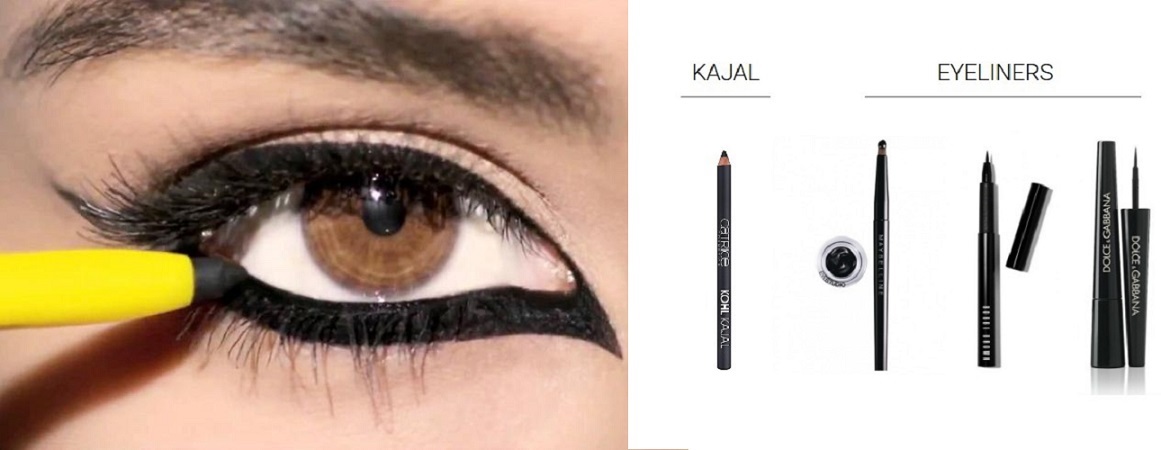
One common question in everyone’s mind is whether there is any difference between a kajal pencil and the pencil liners available in the market. Surprisingly enough, kajal pencils are different from pencil liners. Kajal pencils are mainly made with natural ingredients like soot and plant extracts whereas pencil liners are a combination of wax, powders and pigments. Kajal has medicinal properties whereas pencil liner is only meant for beautification of the eyes. Kajals have a tendency to smudge whereas the liners help in achieving a clean neat look.
How to apply kajal:
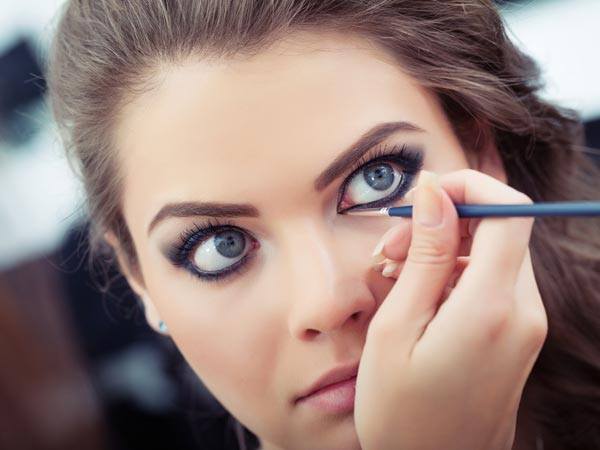
When applying homemade kajal, one has to be very careful with the application as it has a tendency to smear and not give a very nice look after a while. Today most brands make and sell kajal in the form of roll out sticks or thicker versions that need to be sharpened. You can also find the powdered organic version in the market.
Nowadays realizing the harmful effects of toxins originating from harmful metals like lead, the cosmetic companies have started using soot, plant extracts, resins and other non-toxic materials for making kajals and kohl.
Here are some tips on how and where kajal can be applied:
- On the lower waterline of the eye:
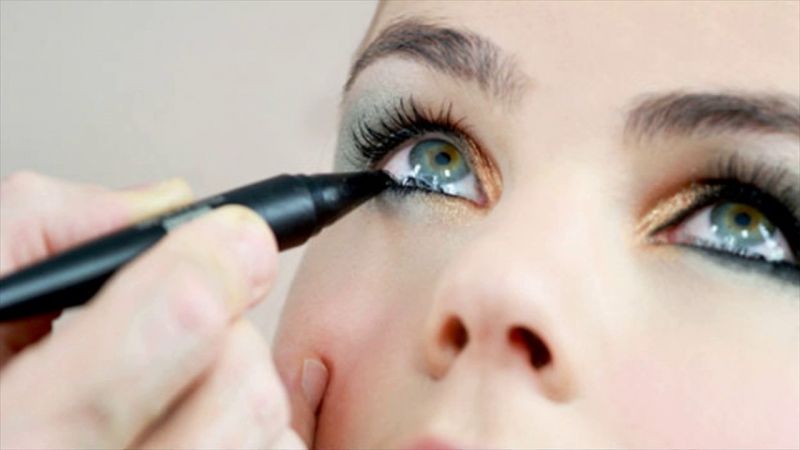
This is the most common part of the eye where kajal is applied.
*To apply, first make sure that you have clean hands, as you do not want to pass any germs or infections in your eye.
* Clean any residue from old kajal applications to make sure the area under the eyes is not black.
* Apply concealer under the eye to make sure that dark circles are not visible.
*Complete applying all eye make up like eye shadow base and primer before applying kajal. Only mascara should be applied after the kajal is applied.
* Pull down the lower eyelid gently to expose the waterline of the eye. Move the kajal stick from the tear duct towards the end of the eye on the waterline in a swift gliding motion or making short strokes or dots, whatever you are comfortable with.
If making strokes or dots make sure to even them out to get a neat look.
- On the upper waterline:
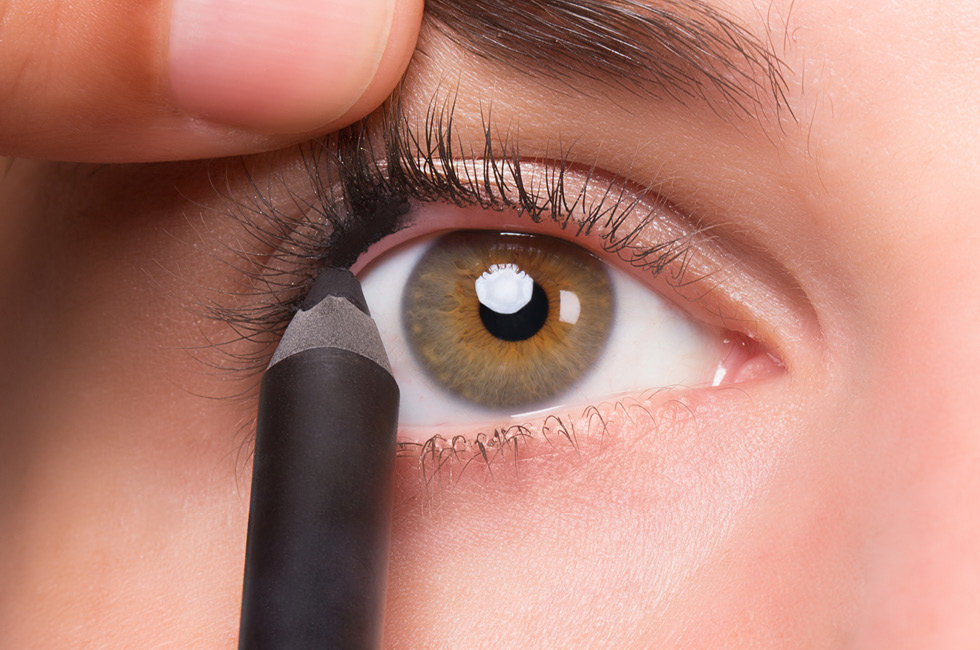
Though it might seem an unusual place to apply kajal, this is one place where kajal application really enhances the eye.
* Since pulling the eyelid up will be of little help over here, just open your eyes wide and glide your stick from the tear duct to the end of upper inner eyelid.
* Here since it is not going to be visible, precision is not required.
- On the eyelid:
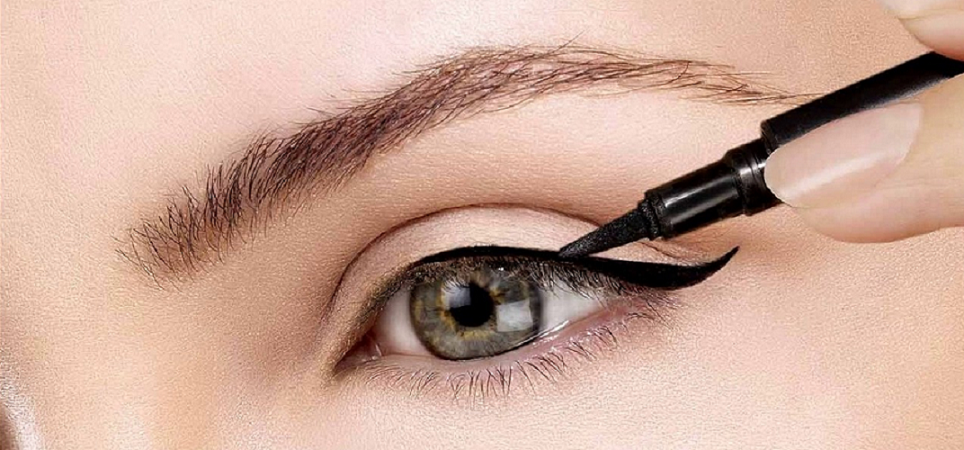
This application needs some practice before you get good at it. Combined with applying with one eye closed and shaky hands, this one definitely needs practicing.
Kajal applied on the eyelid is also known as applying eyeliner. This is the trickiest application, as it is the most visible and applied on the most delicate part of the eye.
* Liquid eyeliners are also available in the market, which give a glossy look to the eye.
* For liquid liners, the best way is to close the eye on which you want to apply the liner and in one sweeping, gliding motion apply the liner from near the tear duct end to the end of the eye.
Resting the elbow on a table while applying helps in minimizing the hand shaking and eases the process of application.
Another way is to make short strokes along the eyelid or make dots very close to each other and then connect them. One must make sure the strokes or dots are evenly connected so that they do not end up making the eye look shabby.
Make sure to keep your eye closed for a few moments after wet application so that the liner can dry otherwise it will end up smudging on the upper eye lid.
- For a smoky look, the strokes or dots should be gently dabbed in outward motion with a cotton ball.
- Depending on the thickness of kajal applied, different looks can be achieved from regular to smoky to the winged eye look.
Things to be careful of:
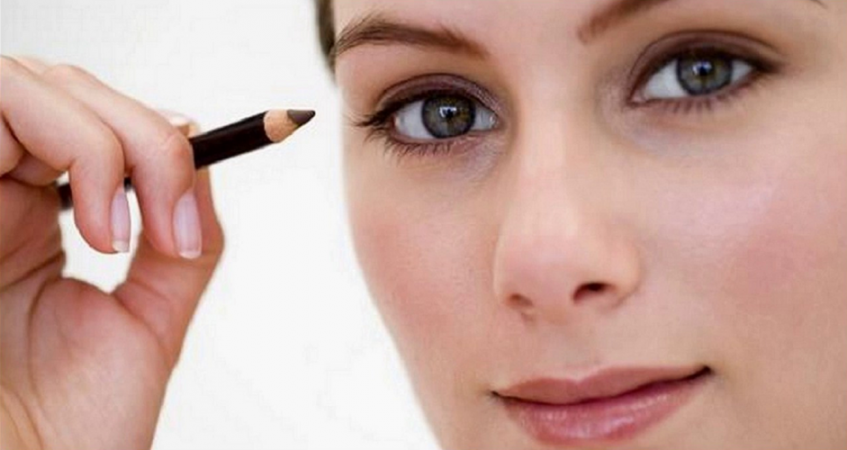
One should be very careful while applying kajal of poking the point of the pencil in the eye. In case there is itching or redness after application of kajal, one should immediately rinse off and discontinue its use.
It is advisable to not share your kajal with anyone, as it has to be applied in the eye, and chances of catching or passing on an eye infection become very high.
How to clean:
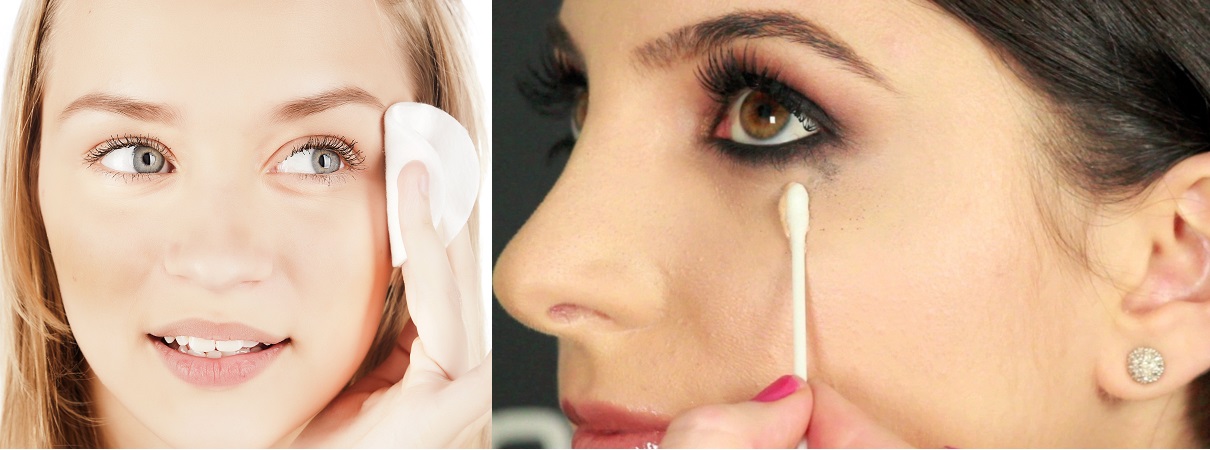
One of the best and easiest ways of knowing whether the kajal that you are using is organic or not, is to see if it smudges or not. Any company, how much ever they might claim their kajal to be smudge proof, if it has natural ingredients in its formation, it will smudge, the intensity of smudging might be low but it will definitely smudge. It is very important to clean your eyes after you have applied kajal otherwise you end up looking like you have dark circles under your eyes. Following methods can be used to clean kajal from the eyes:
* Use make- up remover meant especially for eyes.
* If you are a daily user of the kajal, everyday after your shower just wet the end of your towel with water and gently clean under the eyes. Move in gentle strokes from left to right and right to left. Excessive smudged kajal will get cleaned. To avoid ruining all the towels in the house with kajal stains, keep a separate soft muslin cloth for cleaning the eyes.
Benefits of applying kajal:
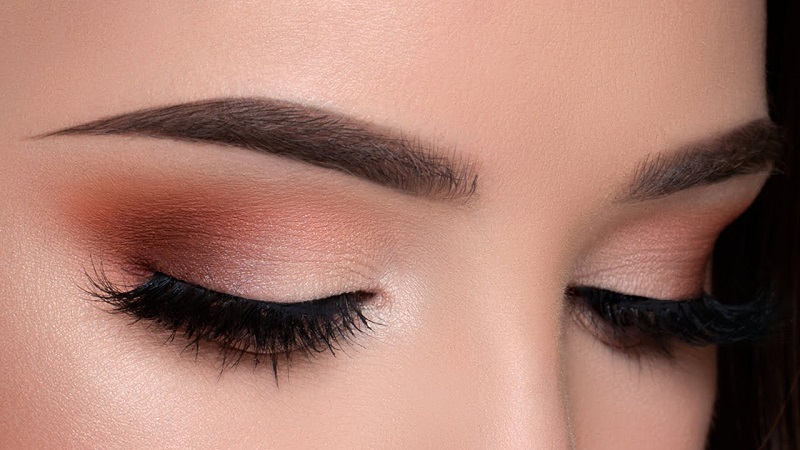
- Adds an instant glow to the face. Even if you are dead tired, kajal application is the easiest way to put life in your tired features.
- Makes the eyes look bigger and beautiful.
- It helps in cooling and soothing the eyes and getting rid of unwanted infections.
- According to Indian beliefs, it helps in warding off the evil eye.
- It is easier to apply than pencil liners, as kajal pencils are softer and smoother.
There are multiple brands available in the market, all selling various kinds and varities of kajal and kohl pencils. One needs to try out various brands and varities available to figure out which one works best for them. What brand and type of kajal might work for one may not necessarily work for the other.
A must have in every bag you own, kajal is the only cosmetic product today that can be used on a daily basis without harming the eyes or skin. It is also a complete package in itself, wherein if you do not have time for make up; just a touch of kajal is enough to make you look good.





